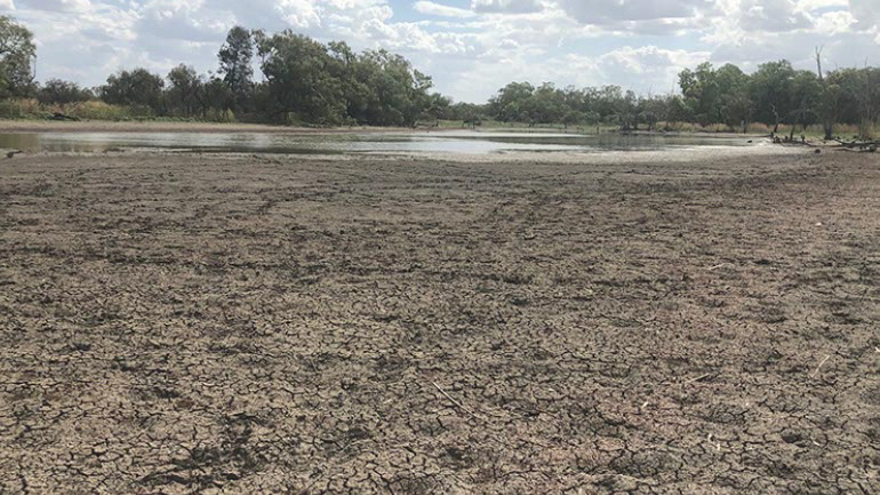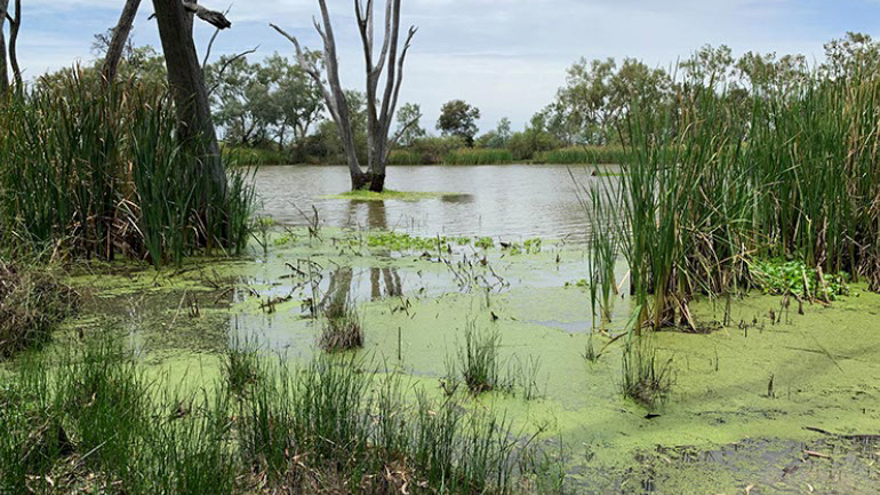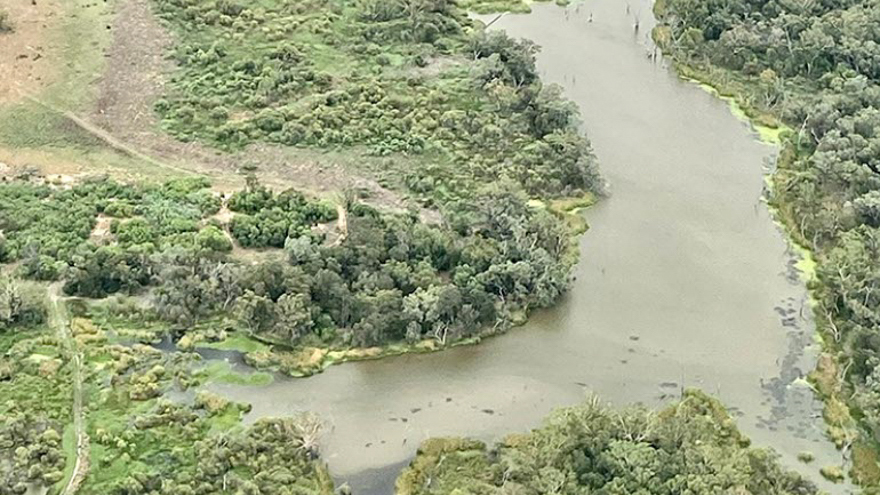
Life is on the rebound in wetlands across much of the Murray–Darling Basin thanks to the wettest conditions in a decade. These unique ecosystems, the kidneys of our river systems, provide habitats for native fish, plants and birds, and are fundamental to the health of our river systems.
World Wetlands Day held each year on 2 February is a great reminder that many of the Basin’s 30,000 wetlands are critical breeding sites for native waterbirds, and there are good signs that they are taking advantage of recent natural flood events and water for the environment.
MDBA Regional Engagement Officer based in the Namoi/Gwydir region, Annabelle Guest, recently flew over the Ramsar-listed Gwydir Wetlands in northern New South Wales as the Gingham Waterhole was near to overflowing.
“Recovery of vegetation in the area, especially the marsh club-rush and the coolabah, has been amazing since the rains began in Autumn 2020 after the severe 3-year drought,” Annabelle said.
“It’s been so wet out in the Gwydir wetlands this summer with La Niña that the community has not really been able to go in there to see them, but just having water around makes an amazing difference to community sentiment as well as the wildlife. The future looks bright.”
Commonwealth and NSW water for the environment continues to support large-scale waterbird breeding at the Gwydir Wetlands, which was initially prompted by floods in late 2021. Ibis, heron and egret species are nesting in their thousands. The last time this occurred was in 2012.
Further west in NSW, thousands of straw-necked ibis and royal spoonbills have been arriving to nest at the Narran Lakes (Dharriwaa) Ramsar site, joined by the blue-billed duck, freckled duck, bush-stone curlew and other species. Further south, the Booligal and other wetland systems are benefitting from inundation of the Lachlan River floodplains, where thousands of waterbirds have settled in to nest.
In coming months, waterbird colony monitoring will report on the success of these breeding events. Long-term monitoring programs such as the Eastern Australian Waterbird Survey (EAWS) help scientists and policy makers identify trends and make decisions that support a healthy working Basin.
While populations are booming in many places, the preliminary 2021 EAWS report shows total waterbird numbers in the Murray–Darling Basin were still well below average, especially in the southern Basin where the La Niña weather pattern has had much less impact.
As wet conditions in the north are forecast to continue into autumn, sending flows downstream through the river system, it is hoped that waterbird numbers across the whole Basin can eventually benefit.
The Murray–Darling Basin has 16 wetlands that are internationally recognised and more than 100 sites registered as nationally important. In 2022, World Wetlands Day is being recognised for the first time by the United Nations. With more than one-third of the world’s wetlands lost between 1970 to 2015, actions right around the world to ensure these precious places are protected are more important than ever.


